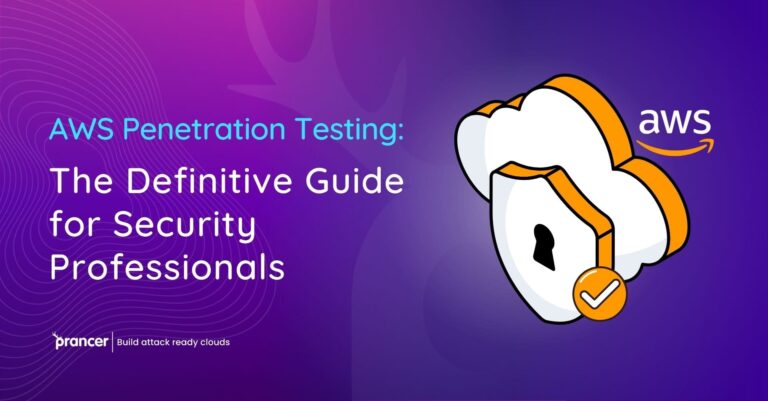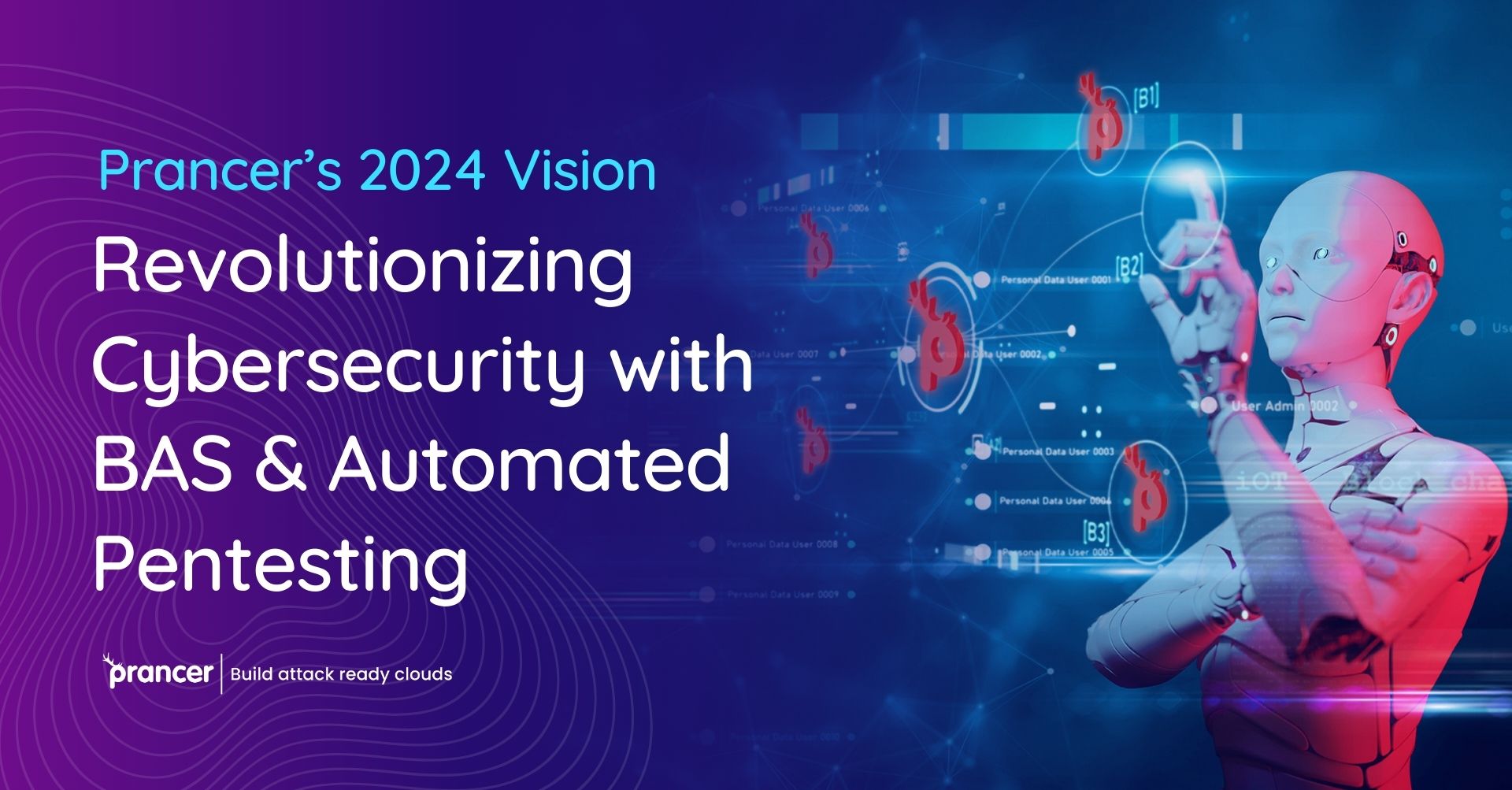

Cybersecurity budgets for medium-sized companies, including BAS, are typically between 10% and 14% of their IT budget.
Typically, it is normal for medium-sized enterprises like BAS to spend at least 10%-14% of their IT budget on information security. Automated penetration testing within the budgets provided offers an economically viable option. Embracing this technology helps companies upgrade their cyber defense systems, thus strengthening all areas of coverage within the confines of minimum expenditure.
Prancer Breach and Attack Simulation (BAS) and Automated Pentesting technology can significantly enhance a company’s cybersecurity posture, aligning with various aspects of the typical cybersecurity business plans, including the following:
Big companies spend 10%-14% of their IT money on computer safety. They use tools like Automated Cyber Testing and Prancer’s Breach Simulation to save cash while checking for security leaks in the system. These tools make internet safety stronger by finding weaknesses, making workers better trained, checking to follow the rules, and improving how we handle problems. They also allow checking by outside parties, increase worker safety knowledge, handle different risks, help with making improvements to structures, and possibly make better insurance terms for security online. Furthermore, they help with research and development for new safety measures. Prancer’s job is very important in making cybersecurity plans better. It gives full safety against today’s digital dangers.
Automated Penetration Testing for Efficient Cybersecurity Budget Optimization
The investment in cybersecurity by medium-sized enterprises
Allocating upto10-14% of their IT budget to cyber security is common for medium sized companies like BAS. This investment represents the growing importance of protecting digital assets in a modern world where cyber threats are ever-changing. In these budgets, automated penetration testing surfaces as an affordable solution where to strengthen cyber defenses in a cost-effective way.
Automated Penetration Testing With a Role in Cybersecurity Plans
Automated penetration testing, especially technologies such as Prancer’s Breach and Attack Simulation (BAS) BAS Automatic Penetration Testing are essential in strengthen the cyber security position of a company. These tools align seamlessly with various elements of standard cybersecurity business plans:
Technology and Tools: For a company’s cybersecurity arsenal, BAS and Automated Penetration Testing tools are vital. They conduct virtual cyberattacks, locating weaknesses in IT systems and assessing defenses. This proactive approach governs strategic investment in technology and tools, thus ensuring the efficient use of resources.
Personnel and Training: BAS and Automated Penetration Testing implementations rely on qualified cybersecurity professionals. Training the team gives them skills to use these tools effectively reinforcing protective measures applied by the company.
Compliance and Regulations: These tools help in ensuring compliance by identifying potential system vulnerabilities. It provides compliance with data protection laws and other industry-specific regulations, thereby eventually minimizing the risks of noncompliance.
Incident Response and Recovery: BAS tools test the adequacy of an organisation’s incident response plans by simulating various scenarios. This understanding is inestimable, which helps improve emergency response plans and recovery protocols.
Third-Party Services: With the help of external providers’ BAS and Automated Penetration Testing services, companies do not require in-house specialists to benefit from professional assessments. Such an approach may be cheaper, as each security evaluation is necessarily comprehensive and impartial.
Security Awareness and Education: Employees’ cybersecurity risk awareness is expanded in BAS via the simulation of attack situations. This educational aspect eliminates human error and creates an environment of vigilance in terms of security.
Risk Assessment and Management: Constant monitoring of risks is possible thanks to Prancer’s BAS and Automated Penetration Testing tools, which allow companies to gain a better understanding of their risk profile enabling them to tailor the security strategies based on that.
Infrastructure Upgrades: By using BAS, vulnerabilities are identified which enable targeted improvements and upgrades in security infrastructure that strengthens the posture of cybersecurity.
Insurance: The implementation of BAS and Automated Pentesting can help to ensure strong cybersecurity practices, which may positively affect the insurance terms used if a breach occurs thereby potentially minimizing losses.
Research and Development: As organizations harness BAS in their R&D initiatives, they can generate the new advanced security systems that match with upcoming cyber threats.
On the economic feasibility of automated penetration testing.
In the world of cybersecurity with limited funds, resources such as Automated Cyber Testing and Prancer’s Breach Simulation offer a cost-effective means for thorough security audits. These solutions improve internet safety through detection of vulnerabilities in system, training users, meeting regulatory requirements properly responding to incidents and supporting third parties security assessment. They also increase the level of security awareness among employees, facilitate risk management operations, indicate directions for infrastructure modernization enhancement efforts contribute to cybersecurity R&D.
Prancer’s Impact on Cybersecurity Strategies
Prancer plays a big role in supporting cybersecurity strategies. Its tool-set provides protection for the digital threats of modern world. By adopting Prancer’s solutions, companies can make the best use of their spending budget for cybersecurity and get value out of investing in digital safety.
In short, Prancer BAS and Automated Pentesting are really important for a company’s plans to improve cybersecurity. They help find weaknesses as well as make responses better when things go wrong with digital security rules. This makes the total protection against hackers stronger overall.
